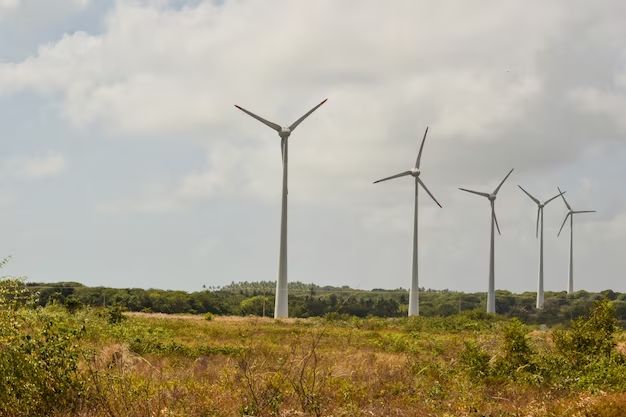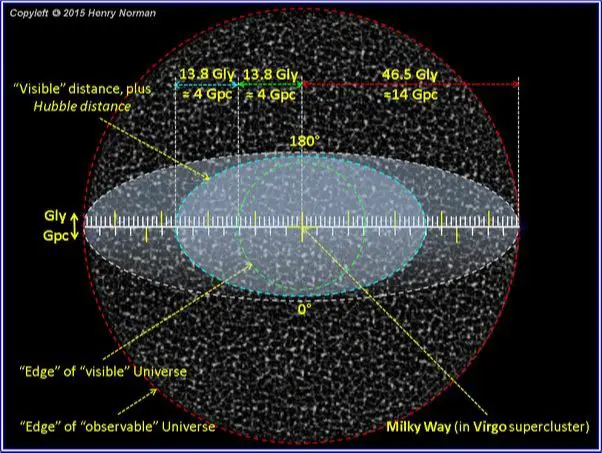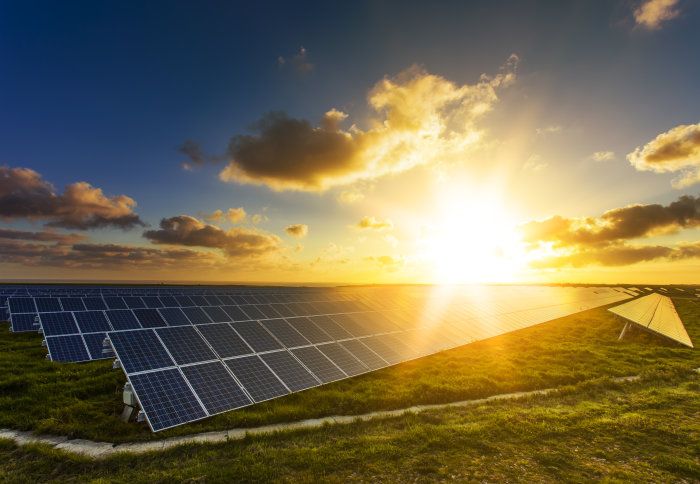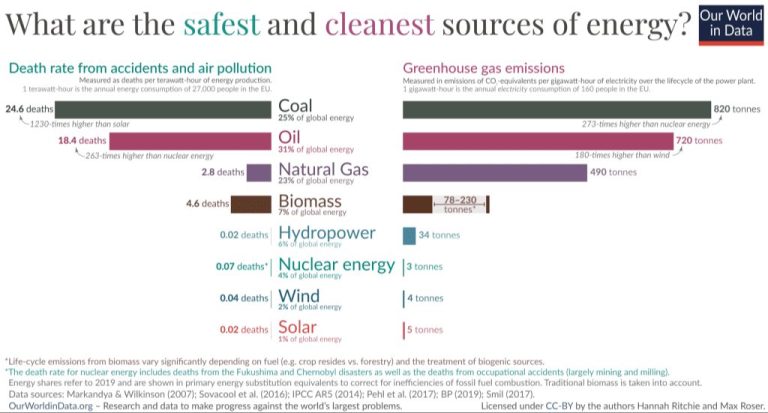What Does It Mean To Say Our Resources Are Finite?
Finite resources refer to things found in nature that exist in limited supply. Unlike renewable resources that can replenish over time, finite resources will eventually dwindle as they are consumed. The term “finite” means there is an absolute fixed amount available on Earth. Once used up, finite resources are essentially gone for good.
Understanding which resources are finite is incredibly important in today’s world. Our modern society and global economy rely heavily on extracting and consuming natural resources. As the human population continues growing and places more demands on finite resources, it elevates the risks of depleting supplies faster than they can be renewed. If we exhaust critical resources like fossil fuels, clean water, forests, minerals, and more, it could cause catastrophic consequences for society, the environment, and life on Earth. We must learn how to use finite resources more responsibly and transition to sustainable alternatives whenever possible.
Fossil Fuels
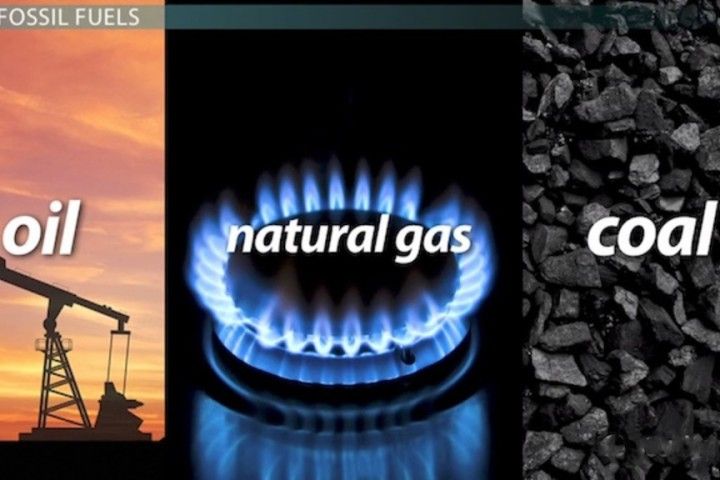
Fossil fuels like coal, oil, and natural gas took millions of years to form from the remains of plants and animals buried under high pressure. Only a finite amount of fossil fuels were created through this natural process over the course of the Earth’s history. The original deposits that exist of these fuels are limited based on how much living matter was buried and fossilized. Humans are now extracting and burning through these fuels at an extremely rapid pace that far outpaces the rate at which they were originally created. Since the available deposits are being depleted much faster than new ones are being produced, fossil fuels are considered non-renewable finite resources.
Clean Water
Only a small percentage of the world’s water supply is freshwater, and much of it is locked up in glaciers and permanent snow cover. The renewable freshwater supply that is available for human use is limited. Groundwater aquifers are being depleted faster than they are being replenished in many parts of the world. Additionally, pollution from sources like agricultural runoff, industrial waste, and sewage are reducing the amount of usable freshwater in lakes, rivers, and reservoirs. At current rates of consumption, it’s estimated that by 2025, 1.8 billion people will be living in regions with absolute water scarcity.
Forests
Forests cover about 30% of Earth’s land surface and contain over 80% of the world’s terrestrial biodiversity. However, deforestation is rapidly destroying these important ecosystems. According to the UN Food and Agriculture Organization, the world has lost 1.3 million square kilometers of forest since 1990. This is an area larger than South Africa.
Deforestation occurs for many reasons, including logging, clearing land for agriculture, ranching and development, and wildfires. The loss of forests has major negative impacts on biodiversity. Up to 80% of terrestrial species live in forests, and many cannot survive without an intact forest habitat. Deforestation destroys plant and animal species before they can even be identified.
In addition, deforestation releases the carbon stored in trees, contributing significantly to climate change. It’s estimated 15% of all greenhouse gas emissions are the result of deforestation. As climate change leads to rising temperatures and altered weather patterns, even more forests are at risk of drought, disease, fire and extreme weather damage.
Saving the world’s remaining forests is crucial. We need to shift to sustainable forestry practices, curb wasteful consumption, provide alternatives to activities that destroy forests, and replant trees in deforested areas. Our health, biodiversity and climate depend on the preservation of Earth’s forests.
Arable Land
Arable land, which is land suitable for growing crops, is becoming increasingly scarce globally. This is due to several key factors:
Urbanization is rapidly converting farmland into residential and industrial areas. As populations grow and economies develop, more land is being used for housing, factories, roads, and other infrastructure rather than agriculture. It’s estimated that between 30-35% of arable land worldwide has been lost in the past four decades due to urbanization.
Soil erosion is decreasing the productivity of remaining farmland. Intensive farming, deforestation, and climate change have led to massive topsoil loss around the world. Erosion removes the fertile top layer of soil that contains essential nutrients, organic matter, and microorganisms that plants need to grow. This makes the soil less able to support agriculture.
Climate change is causing disruption to weather patterns and extreme weather events like droughts, floods, and heat waves that reduce crop yields. Rising temperatures and altered rainfall are also making some previously fertile regions unfavorable for farming. Climate change impacts on arable land are expected to intensify in the coming decades.
Minerals
Mineral deposits like metals, industrial minerals and rare earth elements exist in finite amounts in the earth’s crust. Mining these minerals involves extracting what naturally occurs in rocks, ores and mineral formations. As we deplete mineral deposits that are easiest to access and highest quality, we have to mine lower grade deposits that require more energy, labor, cost and generate greater waste.
Once high-grade mineral deposits are exhausted, mining companies have to extract minerals from less concentrated sources using more complex technologies. This increases the amount of energy and water required for extraction and processing. For example, mining lower-grade copper ores can use up to four times more energy than higher quality deposits.
Over decades of mining, the quality of remaining mineral reserves declines while the most accessible deposits get used up first. Companies have to mine deeper pits and process larger amounts of ore to extract the same quantity of metal or mineral. This increases costs exponentially and can make mining unviable beyond a certain point.
Overall, rising demand plus depletion of high-quality deposits means minerals get more expensive and environmentally damaging to extract over time. Since minerals form slowly via geological processes, their finite nature needs to be accounted for in long-term planning.
Fisheries
Fisheries also demonstrate the finite nature of some of our resources. The oceans were once seen as an inexhaustible source of fish. However, decades of overfishing have depleted many fish populations due to unsustainable catch limits. For example, Atlantic cod stocks declined up to 99% due to overfishing and have still not recovered despite fishing bans.
In addition, habitat loss from pollution, coastal development, and destruction of mangroves and reefs has sharply reduced the ability of fish populations to regenerate themselves. This makes it even harder for overfished populations to recover to healthy levels. Each year, more species such as bluefin tuna and sharks are pushed to the brink of extinction due to the combined pressures of overfishing and loss of spawning grounds.
Therefore, the finite nature of fisheries demonstrates the need for sustainable management, including banning destructive practices, designating marine reserves, and limiting catches to allow populations to rebound.
Biodiversity
Human activity is causing high extinction rates and substantial loss of ecosystem stability through habitat destruction, overexploitation, pollution, invasive species, and climate change. Up to 1 million plant and animal species are now threatened with extinction in the coming decades. When species disappear or decline, it can disrupt food chains and ecosystem balance. Biodiversity plays a crucial role in ecosystem health and services that sustain human societies, like pollination, pest control, soil fertility, flood protection, and carbon absorption. Loss of biodiversity threatens these beneficial processes and makes ecosystems more vulnerable. Conserving biodiversity is critical for environmental resilience and sustainability.
Implications
The finiteness of resources has profound implications for economic development and human welfare. As resources become scarcer, their prices tend to rise. This can make it difficult for developing countries to pursue growth and improve living standards. Higher resource prices also exacerbate inequality, as the impacts are most severe on the poorest individuals.
Resource constraints can also lead to geopolitical tensions and even violent conflict. History provides many examples of wars fought over access to resources like oil and water. As competition for limited resources intensifies, experts warn of rising risks of political instability and confrontation.
Furthermore, the depletion of resources directly threatens human wellbeing. The loss of forests, species, and ecosystem services undermines livelihoods and food security. Pollution from fossil fuel extraction damages health. Water scarcity limits sanitation and economic activity. These impacts dramatically reduce quality of life for millions of people.
In summary, the finiteness of natural resources has far-reaching social, economic, and political ramifications globally. It places constraints on development potential, exacerbates inequalities, provokes conflicts, and undermines human welfare. This underscores the urgent need for sustainable management of resources in order to promote stability, cooperation, and prosperity.
Sustainable Use
As our finite resources face increasing pressure, sustainable use is crucial. This involves using resources carefully and reducing waste through conservation, recycling, and switching to renewable sources.
Sustainability relies on more efficient technologies that use less raw materials and energy. For example, renewable energy from solar and wind can replace fossil fuels. Electric vehicles use far fewer parts than internal combustion engines. Products and packaging can be redesigned to use fewer resources and last longer before recycling.
At an individual level, we can reduce waste by reusing and repairing items, and choosing products with recycled content and less packaging. Buying locally produced goods also reduces transportation emissions. Through mindful consumption and innovation, we can stretch our remaining resources further.

